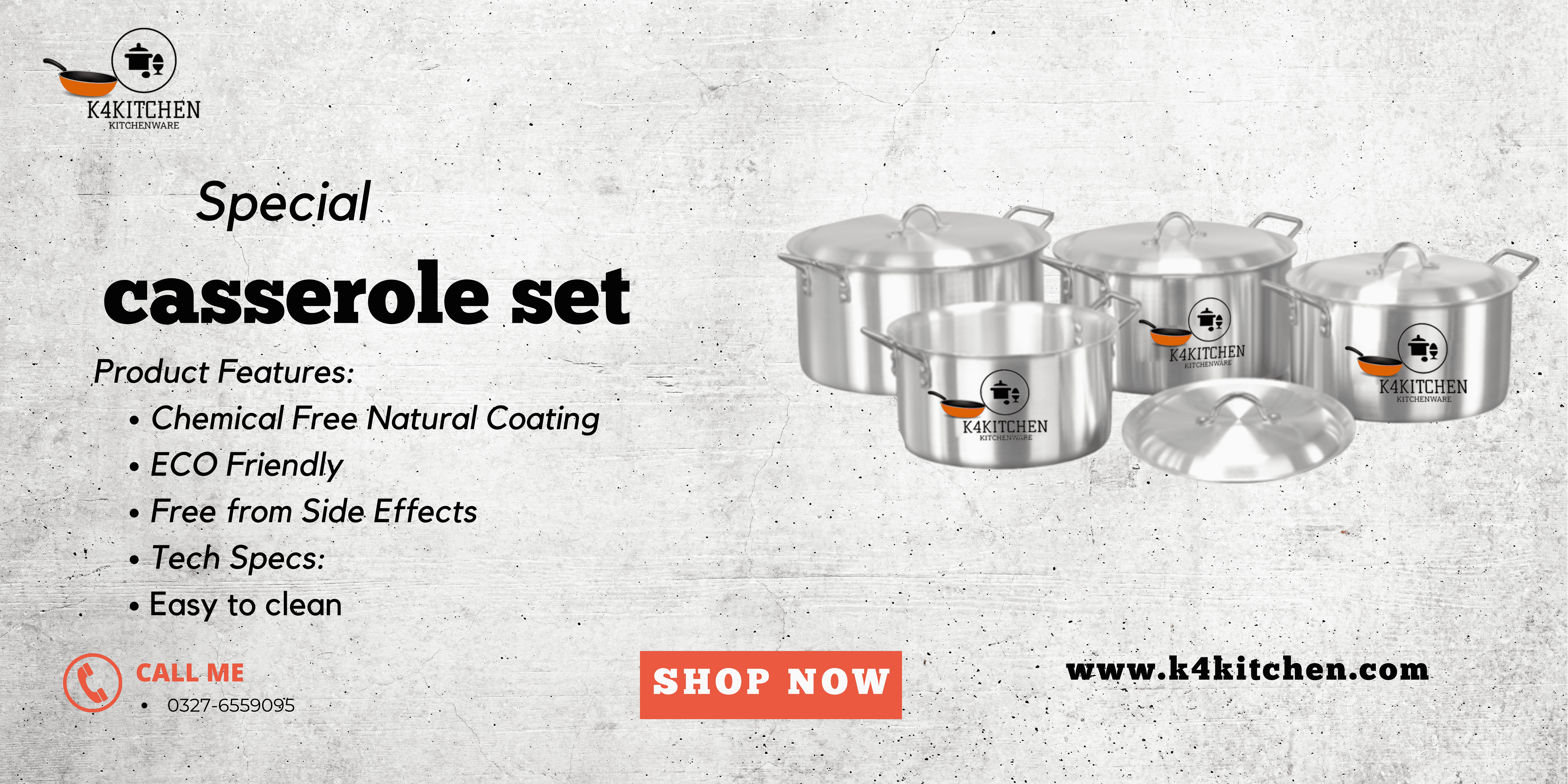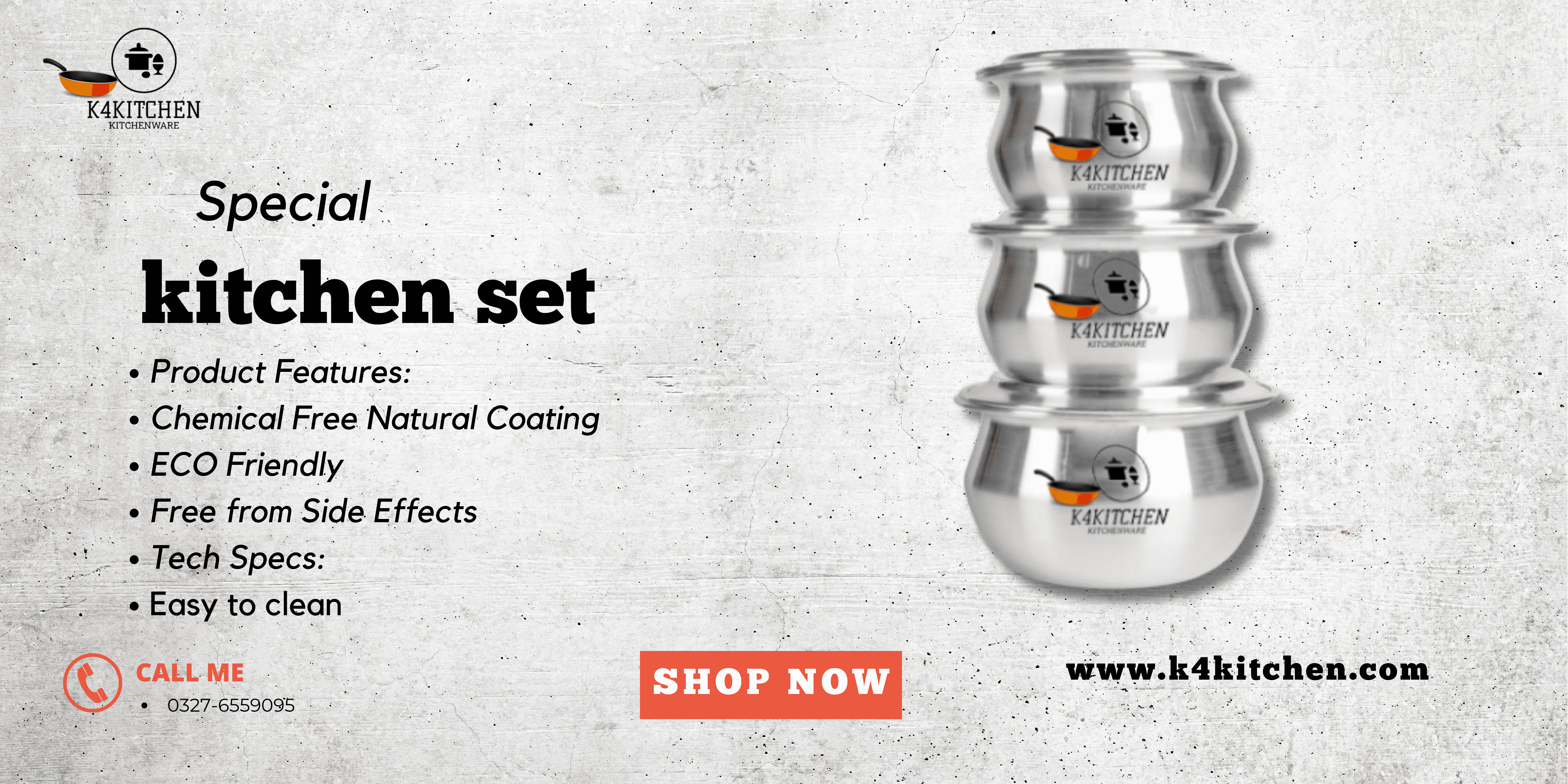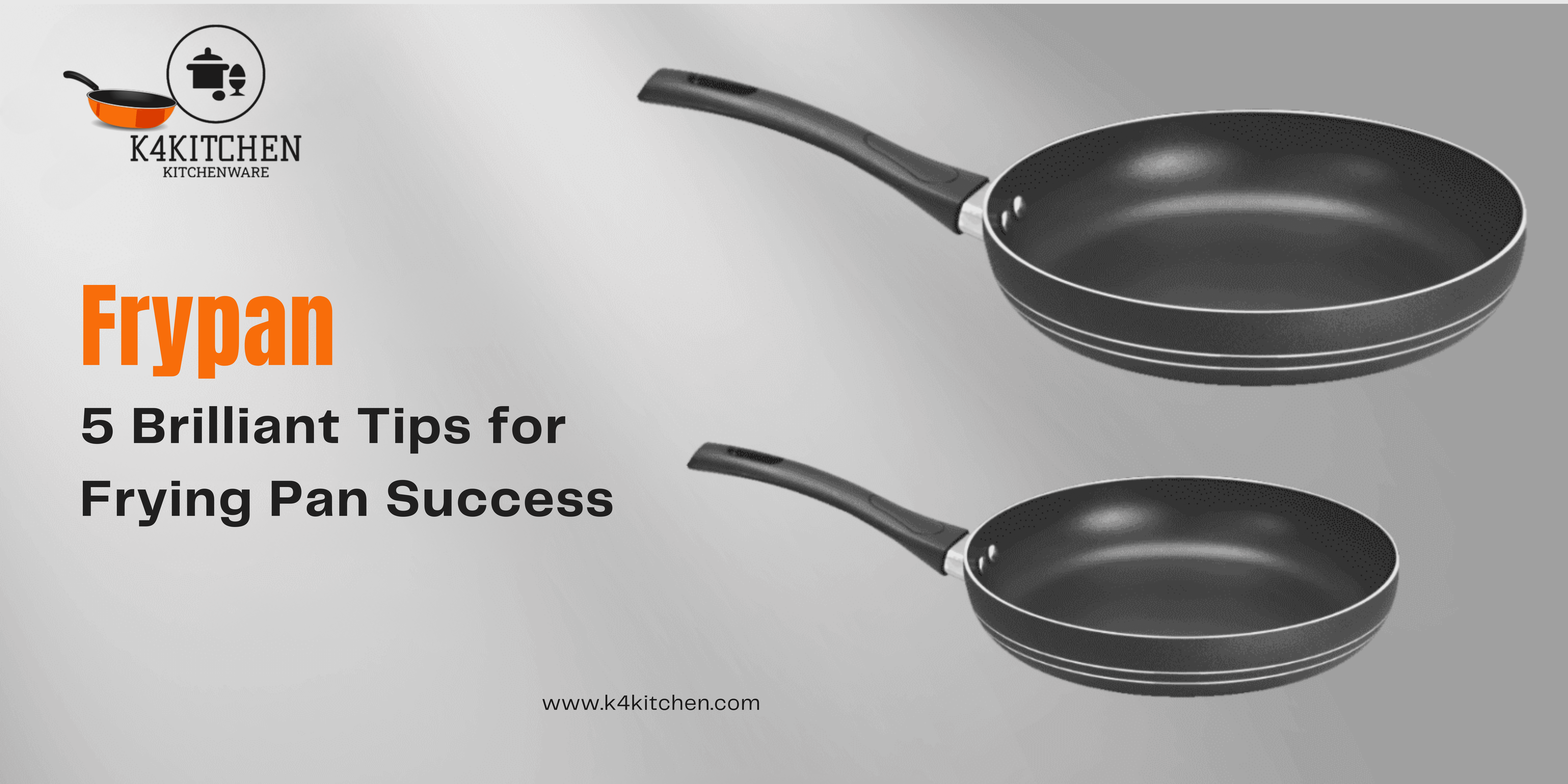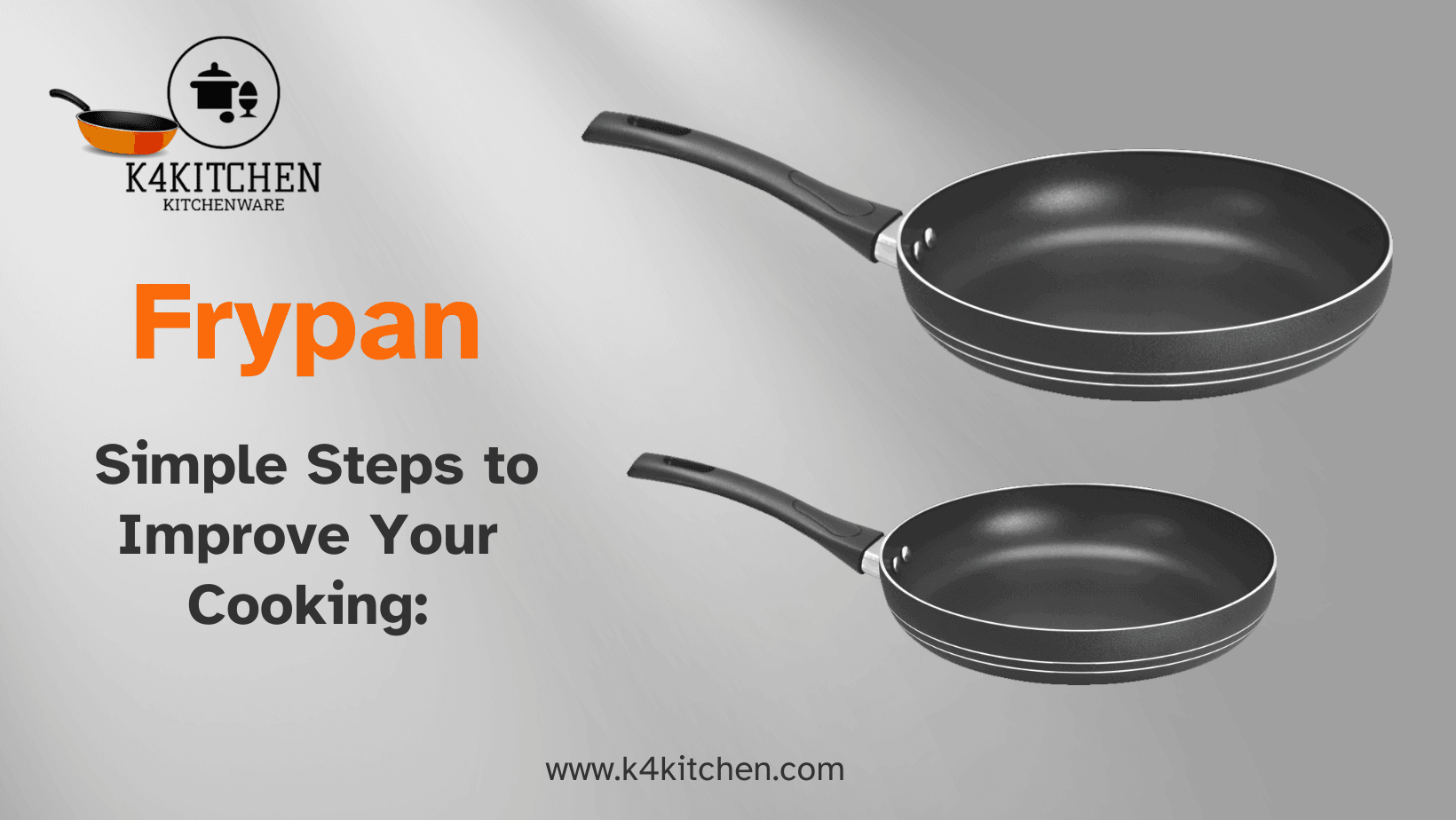Kitchen Knife Set Changes: 7 Modern Choices for Incredible Chefs:
Introduction:
Any home’s kitchen is its soul, and the knife is its center. The right set of knives may make or break a food masterpiece for cooks, both professionals and beginners. However, what makes a knife set ideal? How have these indispensable pieces of equipment changed over time to meet the ever-evolving needs of the everyday kitchen? We go on an adventure through the development of kitchen knives in this investigation of “Kitchen Knife Set Changes: 6 Modern Choices for Incredible Chefs,” revealing the game-changing inventions that have powered them to new levels.
Entering a modern kitchen entails more than just cooking; it’s an environment of efficiency, artistry, and accuracy. We’ll explore the world of kitchen knife sets and see how these modern options change how amazing chefs practice their trade.
II. The Evolution of the Chef’s Knife
The Traditional Chef’s Knife:
The chef’s knife has a long history and is frequently called the kitchen’s workhorse. Its European equivalent, the French chef’s knife, is where it all began. Traditionally, it had a broad, tapering blade with a sharp tip. Its flexibility makes it a global necessity for chefs. But as cooking methods changed, more flexible equipment became necessary.
Introducing Modern Variations:
Modern chef’s knives have undergone significant transformations in recent years. They now incorporate advanced materials like high-carbon stainless steel and ceramic, making sharper and more durable blades. The ergonomic design of modern chef’s knives ensures a comfortable grip, making prolonged cutting tasks a breeze. Whether chopping, slicing, or dicing, these knives deliver precision and efficiency like never before.
III. Modern Paring Knife Innovations:
The Role of the Paring Knife
In the intricate world of culinary arts, the paring knife plays a crucial role. It’s the tool for delicate tasks like peeling, trimming, and precise slicing. The traditional paring knife was a small, elegant blade with a narrow, pointed tip. However, modern cooking demands more versatility and precision.
Highlighting New Designs and Materials:
Modern paring knives have stepped up to meet these demands. They feature innovative designs and materials that enhance their performance. With blade shapes and lengths optimized for various tasks, these knives offer unmatched control and precision. Ergonomic handles from sustainable resources ensure a comfortable grip, making them indispensable in the modern kitchen.
IV. The Rise of the Santoku Knife:
Origins of the Santoku Knife:
The Santoku knife, a Japanese culinary marvel, has gained immense popularity in Western kitchens. Its name translates to “three virtues,” signifying its versatility in slicing, dicing, and chopping. This knife originated in Japan and was traditionally used for slicing fish, vegetables, and boneless meats.
Why It’s Popular in Modern Kitchens:
Modern Santoku knives retain their traditional characteristics while incorporating new features. The flat blade with a sheepsfoot tip remains, but innovations such as hollow edges prevent food from sticking to the blade. The result is efficient and precise cutting, making it a favorite among chefs worldwide. Its balanced weight and ergonomic handles cater to professional chefs and home cooks, adding a touch of elegance to any kitchen.
V. The Reinvented Bread Knife:
The Traditional Use of Bread Knives:
Bread knives have always had a specific purpose – slicing bread. Their serrated edges were designed to cut through crusty exteriors without crushing the soft interior. However, the modern kitchen demands more from this humble tool.
Displaying Creative Design Innovations in Bread Knives
Modern bread knives have undergone a significant transformation. While maintaining its signature serrated edge, the design has evolved to cater to a broader range of culinary tasks. These knives can now effortlessly slice through not only bread but also delicate cakes, tomatoes, and even hard-skinned fruits. With innovative blade designs and comfortable handles, they have become indispensable for chefs who value versatility.
VI. The Specialty Knives: Fillet and Cleaver
The Specific Uses of Fillet and Cleaver Knives
Fillet knives are precision tools designed for deboning fish and meat, while cleaver knives are known for their robustness and ability to handle heavy-duty tasks. Both have roots in traditional kitchens, but modern culinary practices have spotlighted them.
Discussing Modern Advancements and Variations
The flexible blades of modern fillet knives are designed to cut through the curves of fish and meat, saving time and ensuring accuracy in each cut. On the other hand, clever knives continue to be durable but are now available in a range of shapes and sizes to meet diverse requirements. Modern specialist knives are ideal for anyone cooking sushi or handling ribs, whether you’re a barbecue fan or a sushi chef.
VII. Caring for Your Modern Knife Set:
Tips on Maintaining and Storing Contemporary Knives
Investing in the best kitchen knife set is not just about acquiring high-quality tools; it’s also about preserving their performance and longevity. Proper care and maintenance ensure your knives remain in top condition. We’ll provide valuable tips on cleaning, sharpening, and storing your contemporary knives so they continue serving you well for years.
The Importance of Care for Longevity and Performance
A well-maintained knife set ensures safety in the kitchen and guarantees consistent results in your culinary creations, regardless of the kitchen knife set price in Pakistan. We’ll emphasize how proper care can extend the life of your knives and maintain their sharpness, making your cooking experience more enjoyable and efficient.
Conclusion
In conclusion, the kitchen knife set has come a long way from its traditional roots. The evolution of these essential tools reflects the dynamic nature of culinary arts and the quest for precision and efficiency. As we’ve explored the six modern choices for incredible chefs, it’s evident that these knives are more than just tools; they are companions in the culinary journey.
Embracing the Transformation
We encourage chefs, whether seasoned professionals or passionate home cooks, to embrace the transformation of kitchen knives, including the versatile chef knife and chef knife set. The innovations in design, materials, and functionality have the power to elevate your culinary experiences to new heights. Choose the modern knife set that resonates with your cooking style and preferences, and embark on a culinary adventure with the perfect chef knife set by your side.
Exploring Endless Possibilities
The kitchen is where creativity meets precision, and with the right tools at your disposal, including a versatile 6-piece knife set for the kitchen, there are no limits to what you can achieve. As you wield your modern knife set, remember that each cut, slice, and chop is a step towards culinary perfection. So, equip yourself with these incredible knives, and let your culinary creations shine.
Kitchen knife sets have changed, and you can change how you cook with these modern choices. It’s time to embrace the future of culinary excellence, one precise cut at a time.
FQs:
- What factors should you consider most when selecting a kitchen knife set?
Ans. The types of knives included in the set, the materials’ quality, the ergonomic design and balance of the knives for comfortable handling, and how well they suit your unique culinary requirements and preferences are all important factors to consider when selecting a kitchen knife set.
2. How have kitchen knife sets evolved?
Ans. Kitchen knife sets have evolved significantly by incorporating advanced materials like high-carbon stainless steel and ceramic, resulting in sharper, more durable blades. They have also embraced ergonomic design principles, ensuring a comfortable grip during prolonged use, and have expanded their utility to meet a broader range of culinary tasks in modern kitchens.
3. What features make modern chef’s knives preferred?
Ans. Modern chef’s knives are preferred due to their superior sharpness, which arises from advanced materials like high-carbon stainless steel. Their durability, ergonomic designs that reduce hand fatigue during extended use, and versatility for tasks such as chopping, slicing, and dicing make them the top choice in contemporary kitchens.
4. How have paring knives adapted to modern cooking?
Ans. Modern paring knives have adapted by featuring innovative blade designs and materials to enhance performance. They now come with optimized blade shapes and lengths tailored for various precise tasks, complemented by ergonomic handles crafted from sustainable resources, ensuring a comfortable grip. These adaptations make them indispensable tools in modern kitchens.
5. What are the unique characteristics of the Santoku knife, and why is it popular worldwide?
Ans. The Santoku knife’s uniqueness lies in its flat blade with a sheepsfoot tip, a traditional feature that endures. Modern versions incorporate innovations like hollow edges that prevent food from sticking to the blade, facilitating efficient and precise slicing, dicing, and chopping. Its balanced weight and ergonomic handles cater to both professional chefs and home cooks, contributing to its widespread popularity across the globe.




